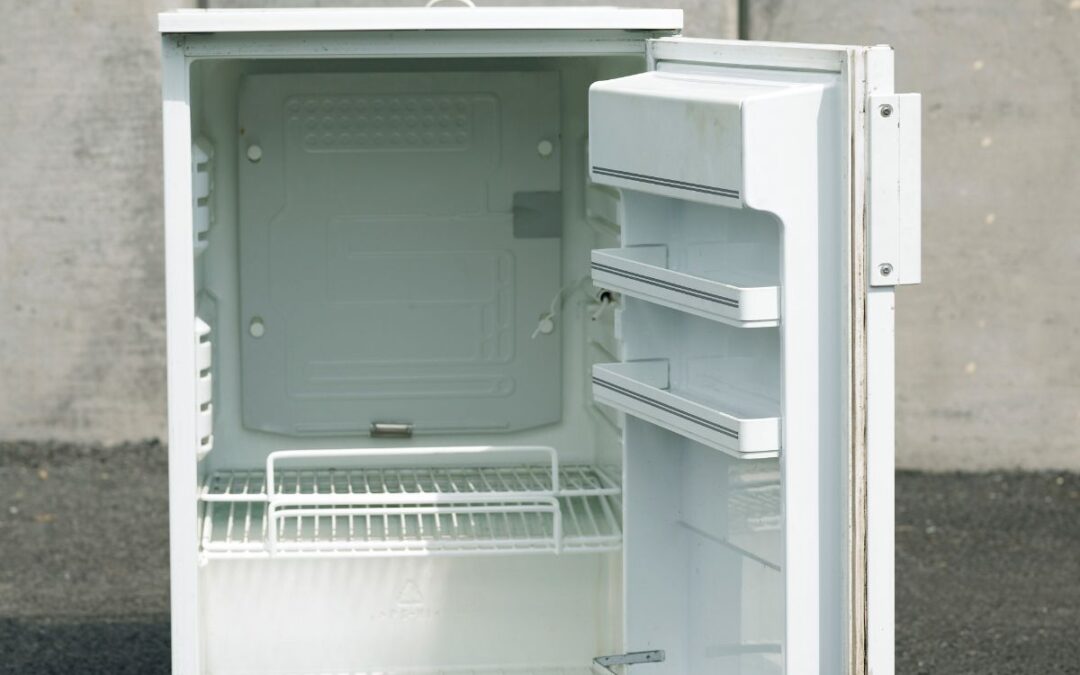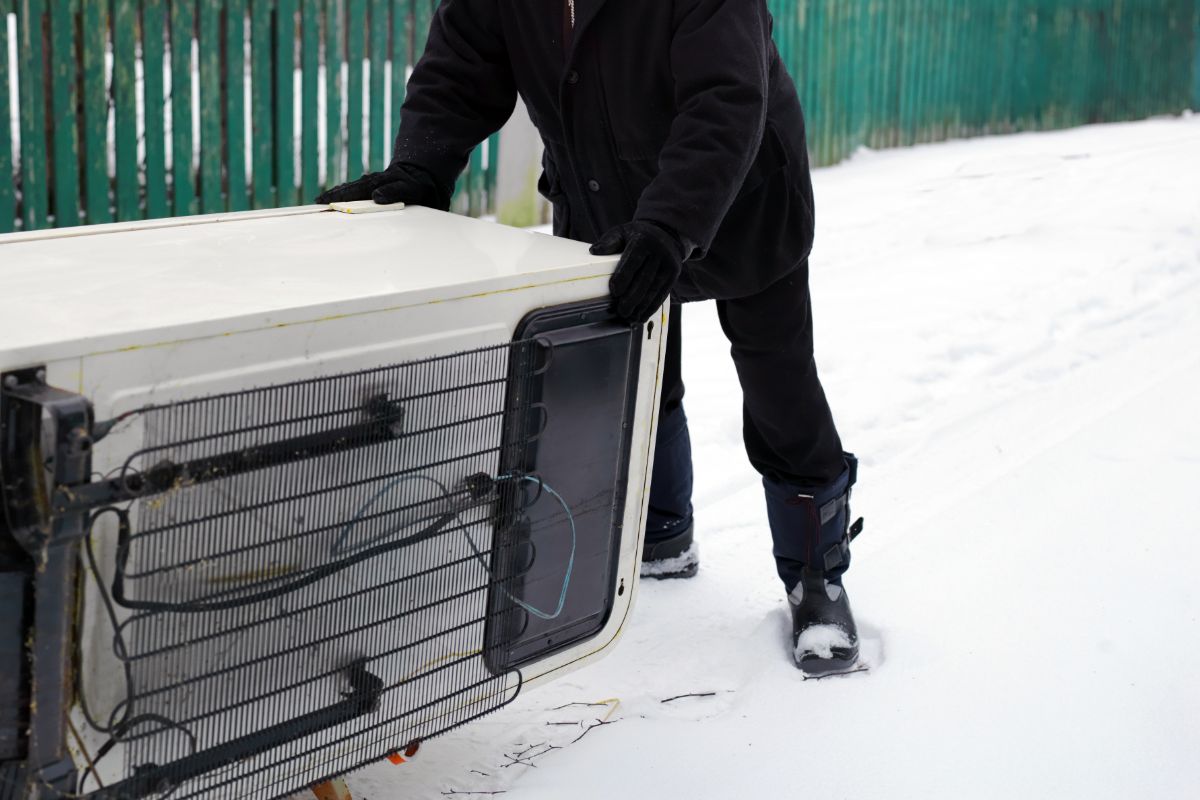While a miraculous invention, refrigerators are a relatively modern addition to our daily lives – and one that our ancestors didn’t have the luxury of using. Prior to the introduction of refrigerators, people had to use numerous other methods, such as cold weather, cold water, ice, and cold stone slabs.
And while we no longer have to worry about such things, our dependence on technology has made us more wary of the traditional methods. One such question this raises is thus: can you leave a refrigerator outside in the winter without having it plugged in, and if so, how cold does it need to be?
How Cold Does Food Need To Be Chilled To?
Before we answer the main question, it would first be prudent to address what temperature food needs to be kept at for it to remain fresh, edible, and safe to eat. While this might depend on the food in question, there are ways that we can generalize when it comes to an overall suitable temperature.
Generally speaking, for cold holding, the temperature should be 41 Fahrenheit or less, which in Celsius translates to roughly 5 degrees C. Most modern refrigerators operate around an optimum temperature of 3-4 degrees C (37.4 F), but depending on the food in question, there is some leeway when it comes to the exact coldness that it needs to be.
How Cold Is The Average Winter?
This is another question without one definitive answer, and very much depends on where in the world you are. In the United States, the average winter temperatures range from between -16 degrees C and 15.2 degrees C – with the coldest winters being in Alaska, and the warmest winters being (perhaps unsurprisingly) in Hawaii.
Of all the 50 states, there are only around 29 of them that experience average winter temperatures low enough to keep food outside safely.
Can You Store Food Outdoors?
So the main question then, is whether it is safe to store food in a refrigerator outdoors in the winter time without plugging it in. This is certainly an interesting question, but is one that is very much dependent on the specific time of winter, the nature of the food in question, and the state that you live in.
As we mentioned, only around 29 out of 50 states experience temperatures considered low enough (by modern standards) to safely store food in a refrigerator outdoors. What’s more, these figures are only average temperatures, meaning that they can fluctuate either way on the scale, and as such would not be consistent all the time.
Theoretically, if you lived in states with the coldest winters, such as Alaska or Minnesota, then you could comfortably store your items in an outdoor refrigerator without them being plugged in – although this would most likely result in the food freezing, which depending on the food product could make them inedible. However, for most people, it could still be a gamble.
How To Ensure Food Safety?
Of course, there are other steps you could take to ensure this method of food storage remained as safe as possible, and that the refrigerator in question remained as cold as possible despite not being plugged in.
Add Additional Insulation
One way would be to properly insulate the fridge, adding more than usual to protect the food inside from changes in temperature. If possible, you could even build a small shed (or some other storage area) wherein the turned off refrigerator can remain out of sunlight and as cool as possible.
Protect From Sunlight
As mentioned, the fridge needs to be kept out of direct sunlight. This means choosing areas that are undercover, or are otherwise shaded from the changing sun position as much as possible.
Protect From Weather
You also need to ensure that the fridge is protected from the elements. This means rain, snow, wind, and sunlight. To do this, you could either build a specific location to store it, or find an undercover location on your property that is almost always protected from adverse weather.
Incorporate Water
One way you could increase the coldness of your fridge without turning it on would be to have it in close proximity to water. This is because the air temperature close to water tends to reflect the temperature of the water itself.
If you really wanted to get inventive, you could fill a small kiddie pool with water, stand a chair or box within it, and then place the fridge on top of it. The coldness of the water will ensure that the fridge remains colder by those few precious degrees.
Problems With Outdoor Refrigerators
As you can imagine, outdoor refrigerators can come with any number of problems to the homeowner, especially when you want to have it unplugged.
Most Aren’t Weatherproof
Regular fridges usually aren’t weatherproof, and you likely need properly designed outdoor models to withstand the elements effectively.
Weather Is Unreliable
The main characteristic of the weather is that it is unreliable and unpredictable – at least with any degree of accuracy. This means that in most regions the weather can turn on a dime, and this can spell tragedy for your outdoor refrigerator, and the food inside.
Thieves & Animals
Unless you lock the fridge, you also leave yourself open to thieves and animals helping themselves.
Final Thoughts
And there we have it, everything you need to know about refrigerators, and whether or not you can leave them outside unplugged in the winter time!
It’s true that refrigerators, while miraculous, are a relatively recent addition to our lives, and before they were introduced, people would have to utilize the colder weather (amongst other methods) to keep their food chilled. Luckily, in modern times this is no longer a necessity, and we have all manner of easier methods to ensure things stay edible and cool.


